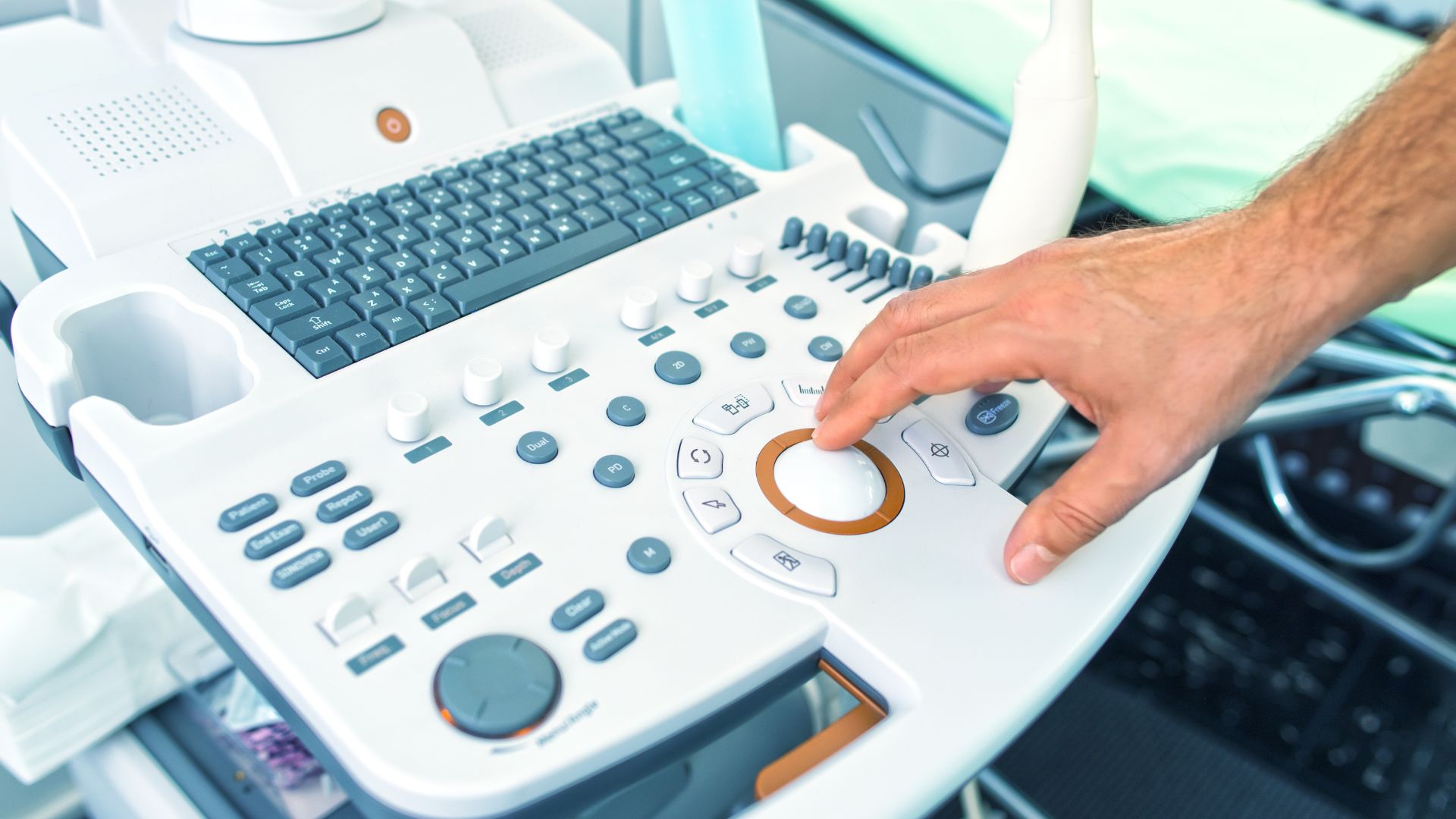Dental surgical instruments & equipment—including drills, ultrasonic scalers, bone grafting tools & laser surgery devices—are subject to strict FDA regulations to ensure safety & effectiveness. These devices are used in invasive procedures, increasing their risk level & requiring additional compliance steps. Manufacturers must properly classify their devices, register with the FDA & comply with labeling, tracking & reporting requirements to avoid regulatory setbacks such as Import Alerts, detentions & enforcement actions.
How the FDA Classifies Dental Surgical Devices
FDA classification is based on device risk & functionality:
- Class I (Low Risk): Includes basic hand tools such as dental scalpels, forceps & elevators. Many are exempt from 510(k) clearance but still require Establishment Registration & Medical Device Listing.
- Class II (Moderate Risk): Covers dental drills, bone grafting tools & ultrasonic scalers. These require 510(k)clearance to demonstrate substantial equivalence.
- Class III (High Risk): Includes advanced implant systems, dental lasers & regenerative systems. These require Premarket Approval (PMA) based on clinical safety & efficacy data.
Steps to Legally Market Dental Surgical Devices in the US
Manufacturers must complete several compliance steps to bring dental surgical devices to market:
- Establishment Registration: Annual registration is required for all manufacturers & importers.
- Medical Device Listing: Each device must be listed under the registered establishment.
- UDI Compliance: Most surgical devices require a Unique Device Identifier for traceability.
- Labeling & Advertising Compliance: Claims must be accurate & FDA-compliant to avoid misleading representations.
Common Compliance Challenges & Solutions
Understanding real-world pitfalls can help prevent them:
Case Study: Bone Grafting Instrument Misclassified as Class I
A manufacturer incorrectly assumed a bone grafting tool was Class I. Upon FDA review, it was reclassified as Class II, leading to:
- A delayed launch.
- Required 510(k) submission.
- Additional safety testing & a 513(g) classification request for future planning.
Case Study: Import Detention for Non-Compliant Labeling
A European company importing dental laser devices had their shipment detained due to missing UDI & incomplete device listing. To resolve the issue, they:
- Updated packaging with FDA-compliant UDI.
- Resubmitted their Medical Device Listing.
- Used detention assistance to release the shipment & avoid repeat issues.
Regulatory Considerations for Manufacturers
- FDA User Fees: Required annually; Small Business Fee Assistance may apply.
- Import Alerts: Repeat violations may lead to blocked shipments.
- Certificate to Foreign Government (CFG): Often required for international distribution.
- Health Canada Licensing: An MDEL may be necessary for Canadian expansion.
Maintaining Compliance After Approval
Postmarket oversight is just as critical as premarket clearance:
- eMDR Submissions: Report adverse events to maintain transparency.
- FOIA Requests: Research similar product approvals & trends.
- Medical Device Master File: Helpful when proprietary materials or components are involved.
- Ongoing Regulatory Consulting: Keeps compliance strategies aligned with evolving FDA regulations.
Cutting Through Complexity with Compliance
Successfully introducing dental surgical instruments & equipment to the US market requires more than FDA clearance. Strategic classification, accurate labeling, robust tracking systems & long-term compliance planning protect your brand & accelerate market access.








